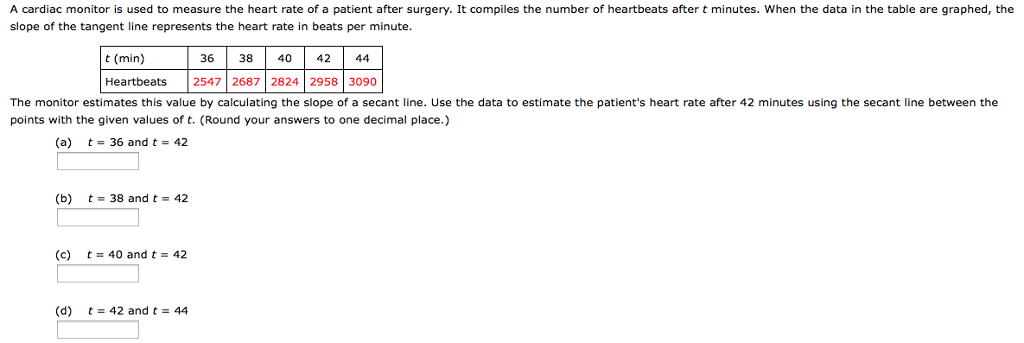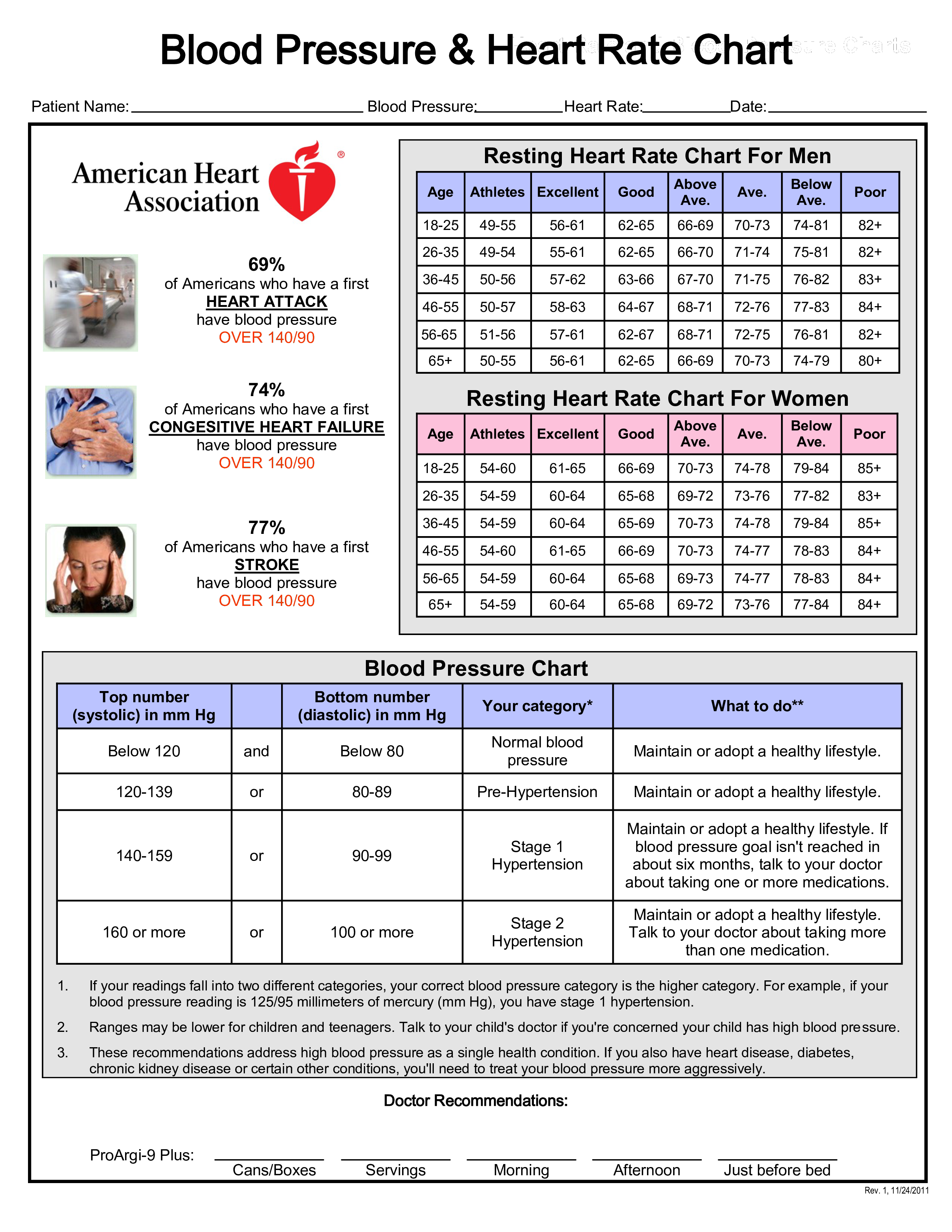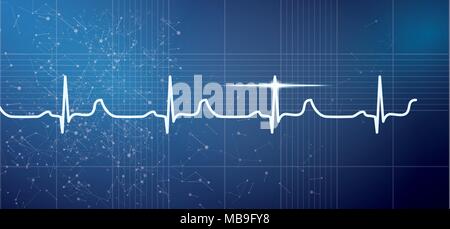

Through the Garmin Health API and with user permission, Cardiogram has access to heart rate data and other metrics tracked by Garmin wearables, allowing for tailored analysis that’s based on a specific user’s activity.Ĭardiogram is also at the forefront of clinical research.

The Cardiogram app provides advanced insights based on data from wearables, helping users better understand how activity and sleep affect health. Now Cardiogram and the Cardiogram Heart Health app can help. Garmin wearables with optical heart rate provide some of the highest resolution data of any wearable on the market, but unless you’re an expert, it can be hard to interpret all that information without some help.
#Cardiograph bpm normal tv
Learn more about arrhythmias or visit the Johns Hopkins Electrophysiology and Arrhythmia Service.Heart rate is an important indicator of overall health, not only when exercising, but also when you’re watching TV or when you’re sleeping. Insertion of a pacemaker under the collarbone, which delivers regular electrical pulses through thin, highly durable wires attached to the heart.During a heart attack, medications to stimulate heartbeat.
#Cardiograph bpm normal skin
Implantable monitor: a tiny event monitor inserted under your skin and worn for several years to record events that only seldom take place
#Cardiograph bpm normal portable


Heart block occurs when the electrical signal that contracts the atria (upper chambers of the heart) doesn't always travel to the ventricles (lower chambers). Risk factors for sick sinus syndrome include: Sick sinus syndrome is more common in elderly people but may occur at any age. It triggers some heartbeats but not all, so the heart rate is slow and irregular. Sick sinus syndrome occurs when the sinus node - the heart's natural pacemaker - doesn't reliably trigger every heartbeat. Other, more serious causes of bradycardia include drug reactions, advanced age, conditions of the heart and other ailments. Some children and elderly people, as well as athletes and people who exercise often, may have a low resting heart rate that is not a medical condition.


 0 kommentar(er)
0 kommentar(er)
